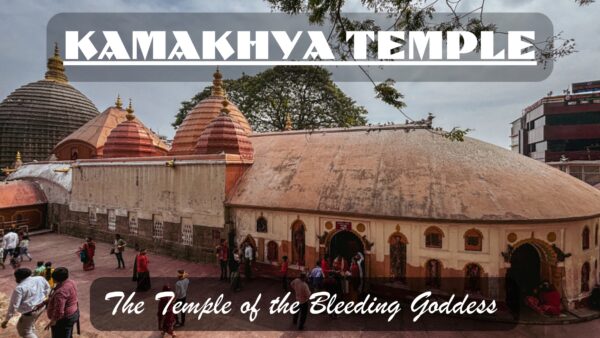The Kamakhya Temple of Assam is certainly one of the holiest temples of India. A visit to this revered temple is believed to fulfil all the desires of a true devotee. One of the 51 Shakti Peethas, Sati’s genitalia had fallen at this very spot thus making it a mighty spot for worshipping the Goddess. The deity of the Kamakhya Temple is legendary as the bleeding Goddess. Every year, the Goddess undergoes her menstrual cycle for three days beginning from the seventh day of the month of Ashar or June.
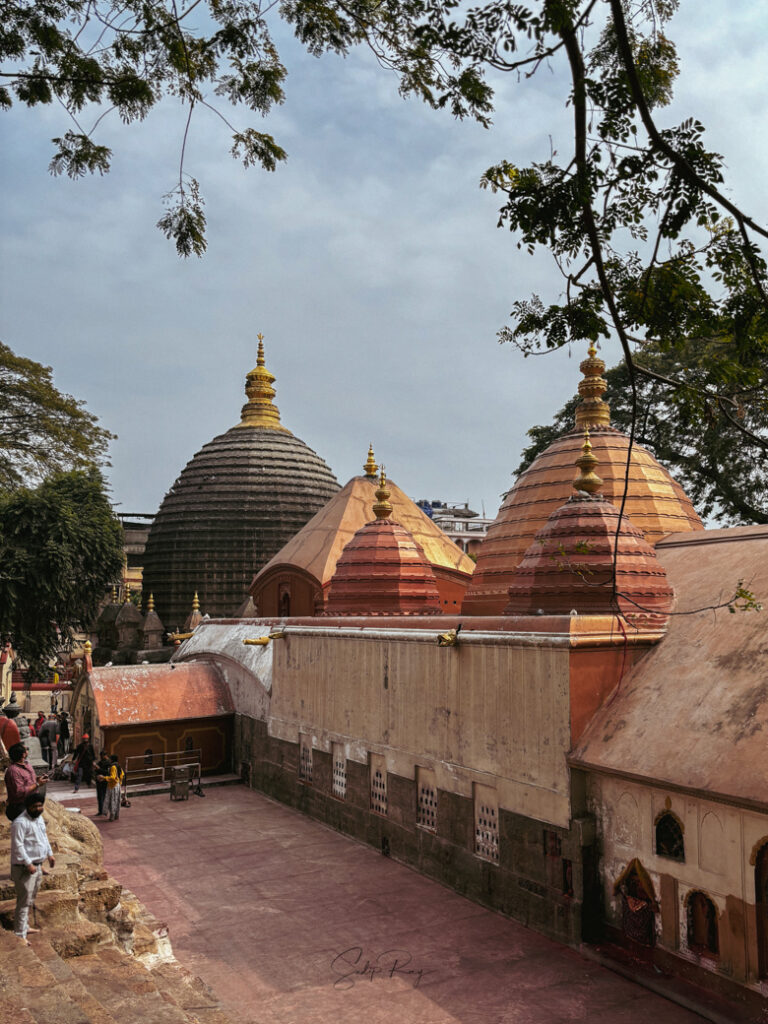
Moreover, it was once a Yogini Temple. It still continues to be a centre of cryptic and covert Tantric practices. All this has contributed to the enigma of the Kamakhya Temple. Every day, zillions of devotees and visitors pay a visit to the Goddess of Kamakhya to worship her as well as to feel her surreal presence.
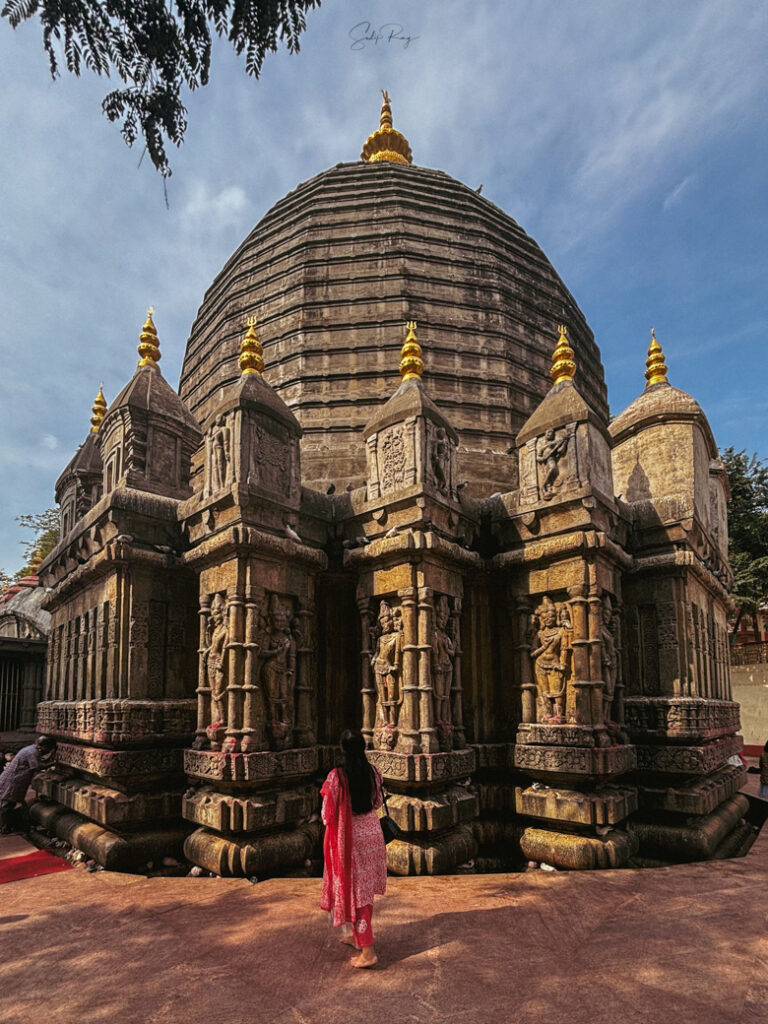
Table of Contents
About Kamakhya Temple:
The all-powerful Kamakhya Temple is situated atop the Nilachal Hill in Guwahati, the capital city of Assam. The Goddess Kamakhya, also known to her devotees as Kameshwari, is venerated as the one who fulfils all the desires of her followers. It is one of the 51 Shakti Peethas. It is also the oldest and most sacred among the Shakti Peethas.
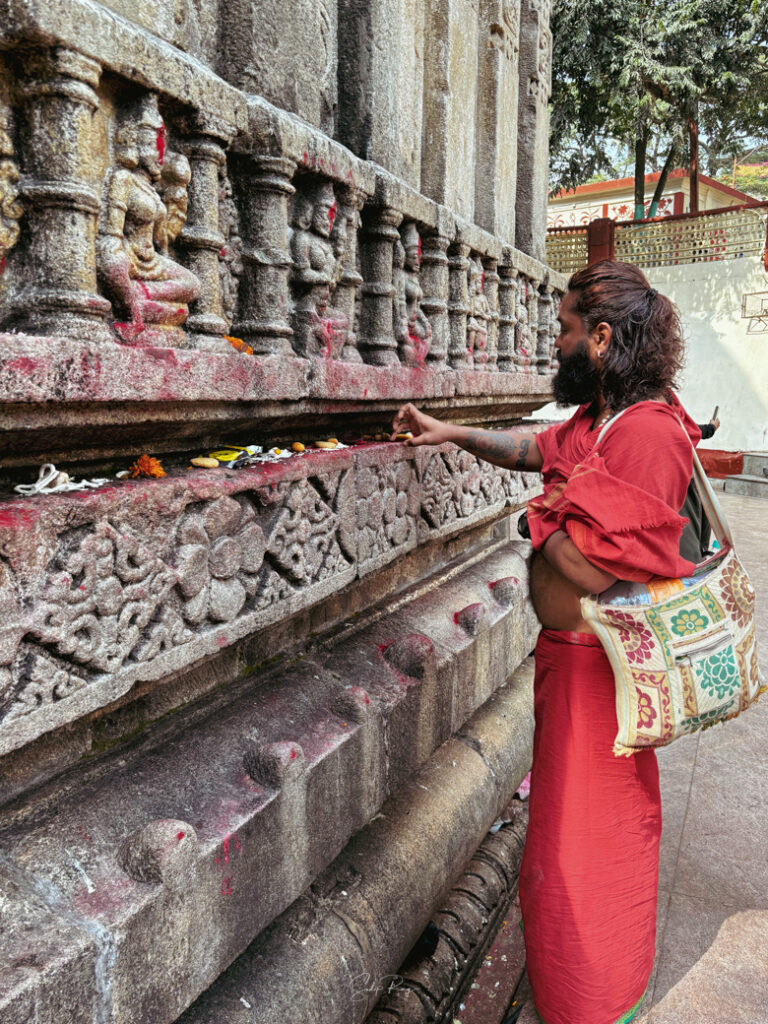
Along with the principal shrine dedicated to Kamakhya, there are individual temples dedicated to the Ten or Dash Mahavidyas (Tripura Sundari, Kamala, Matangi, Kali, Tara, Bhubaneshwari, Bagalamukhi, Chhinnamasta, Bhairavai, and Dhumavati). It is rare to find separate temples dedicated to the Mahavidyas in India. Also, five temples dedicated to Lord Siva (Kameswara, Siddheswara, Kedareswara, Aghora, and Kotilinga) are also located inside the Kamakhya Temple complex.
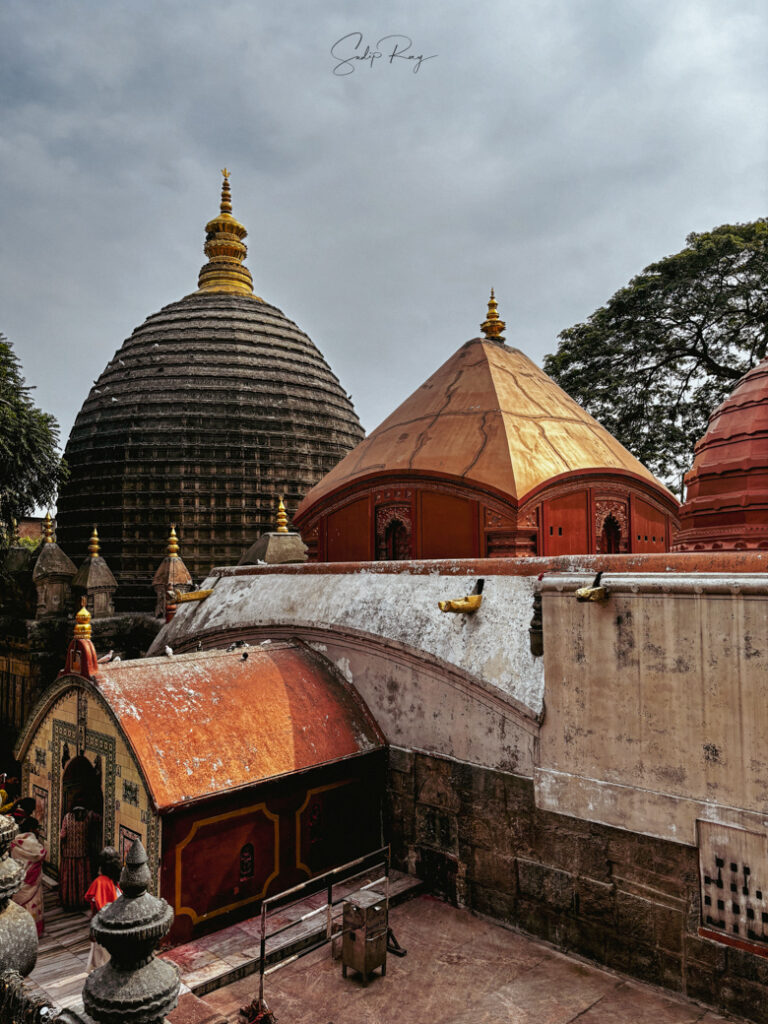
Legend of Kamakhya Temple:
1. Legend of Sati:
The Kamakhya Temple is shrouded by numerous legends. The most popular one is associated with Sati and Siva. Despite being not invited, Sati attended the ‘yagna’ or sacrifice organized by her father, Daksha. However, Daksha started hurling insults at Siva in the presence of all the other Gods and Goddesses. Unable to bear her husband’s humiliation, Sati sacrificed her life by leaping into the fiery pit of the ‘yagna’. When Siva came to know of this unfortunate incident, his anger knew no bounds. The furious Siva carried Sati’s corpse on his shoulders and started performing his ‘Tandava’ dance. Vishnu tried to pacify Siva, but failed. In order to save the universe from Siva’s ‘Tandava’, Vishnu dismembered Sati’s remains into 51 pieces with his Sudarshan Chakra. The 51 pieces fell in various parts of the Indian sub-continent, which turned into Shakti Peethas. At Kamakhya, the ‘yoni’ or genitalia of Sati had fallen.
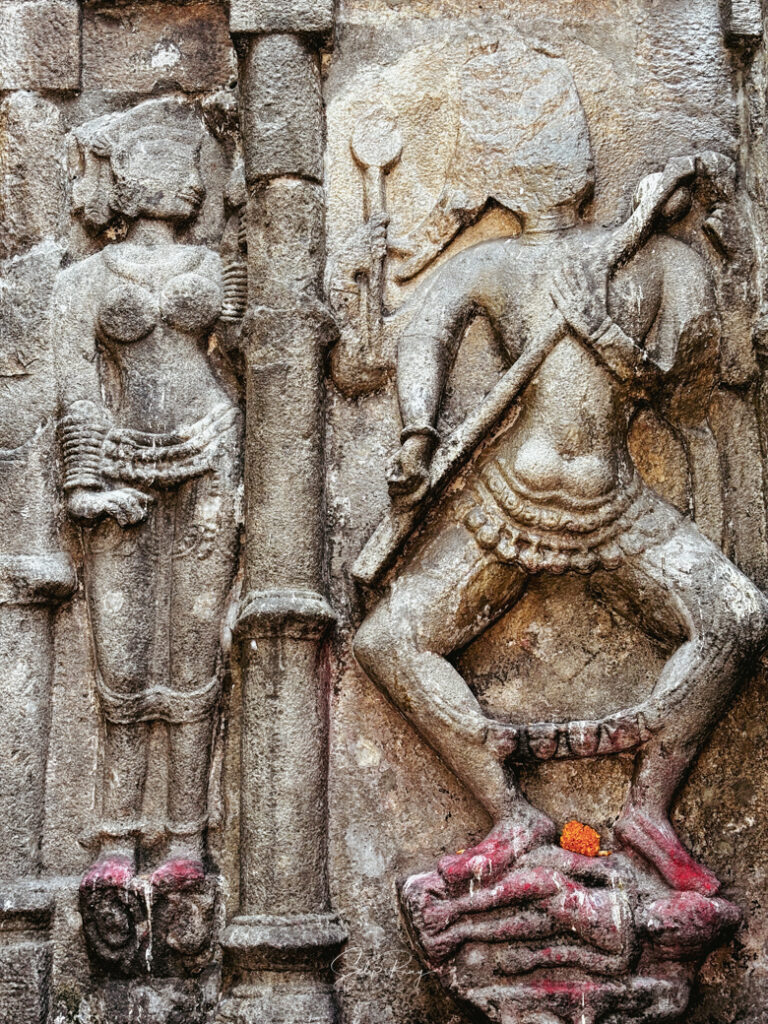
2. Legend of Kamdeva:
The second legend is about Kamdeva, the God of Love. Kamdeva was turned to ashes by the third eye of an enraged Siva. However, Siva revived him upon hearing the plea of Rati, Kamdeva’s wife. Though brought back to life, Kamdeva’s legendary beauty was now gone. Following Siva’s advice, Kamdeva worshipped the ‘yoni mudra’ at Nilachal Hill and regained his beauty. The deity henceforth became ‘Kamakhya’ or one who is worshipped by Kamdeva, and the place was ‘Kamrupa’ since Kamdeva recovered his ‘rupa’ or beauty here.
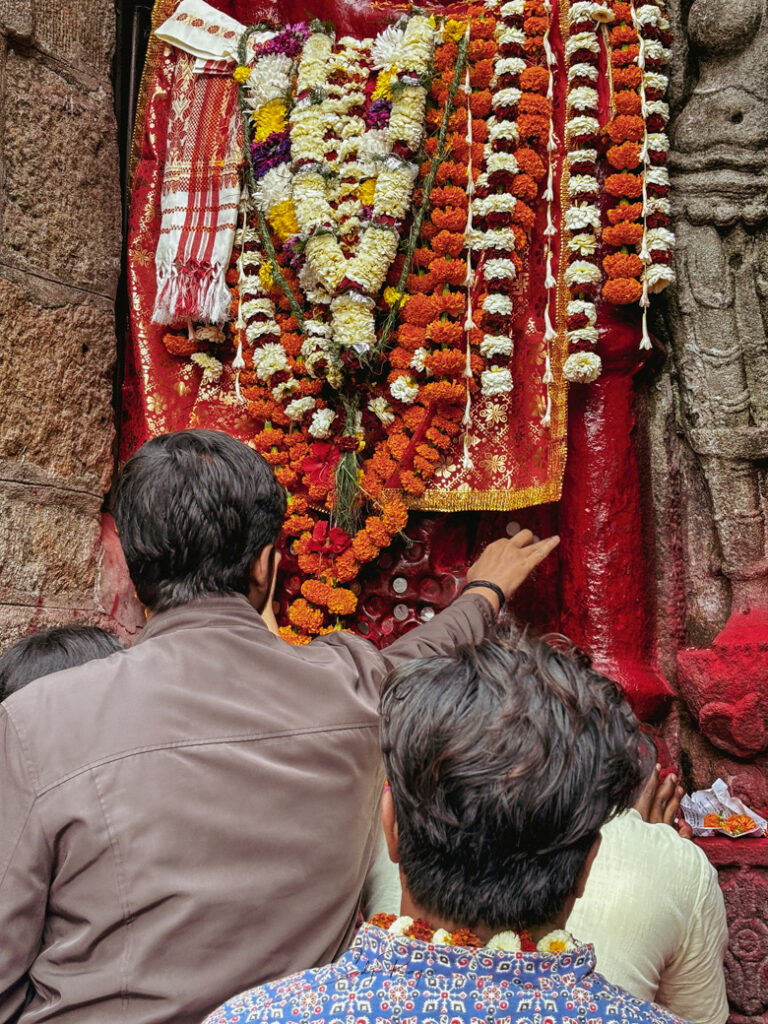
3. Legend of the divine couple:
According to Kalika Purana, Siva and Sati used to make love here in Kamakhya.
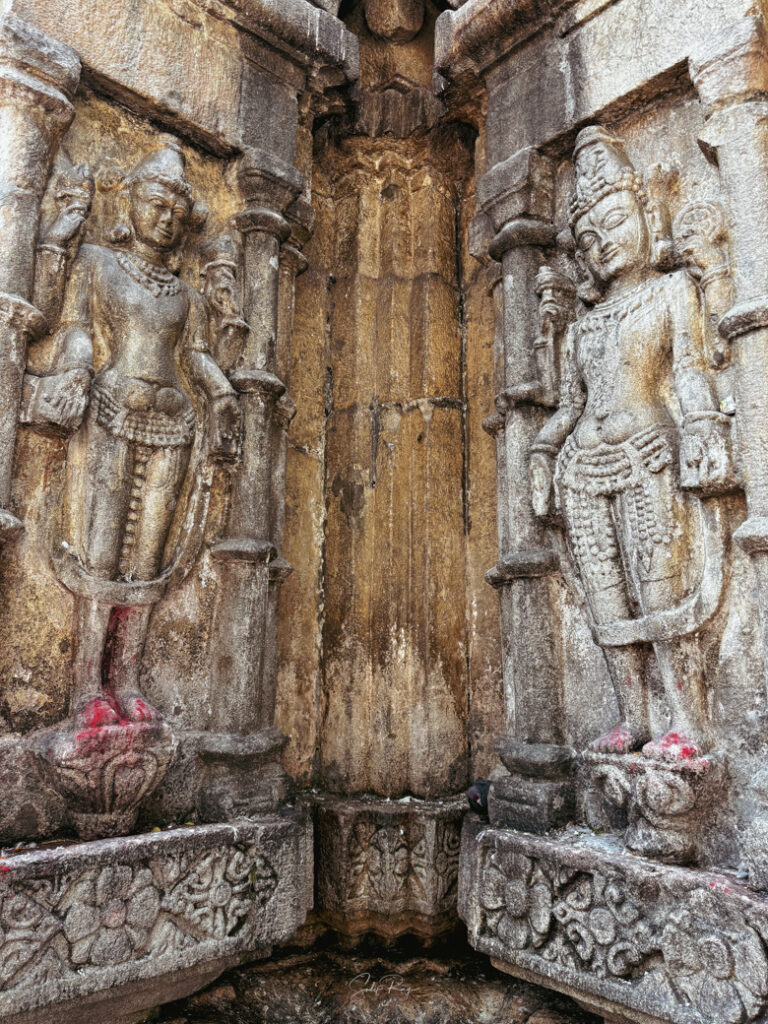
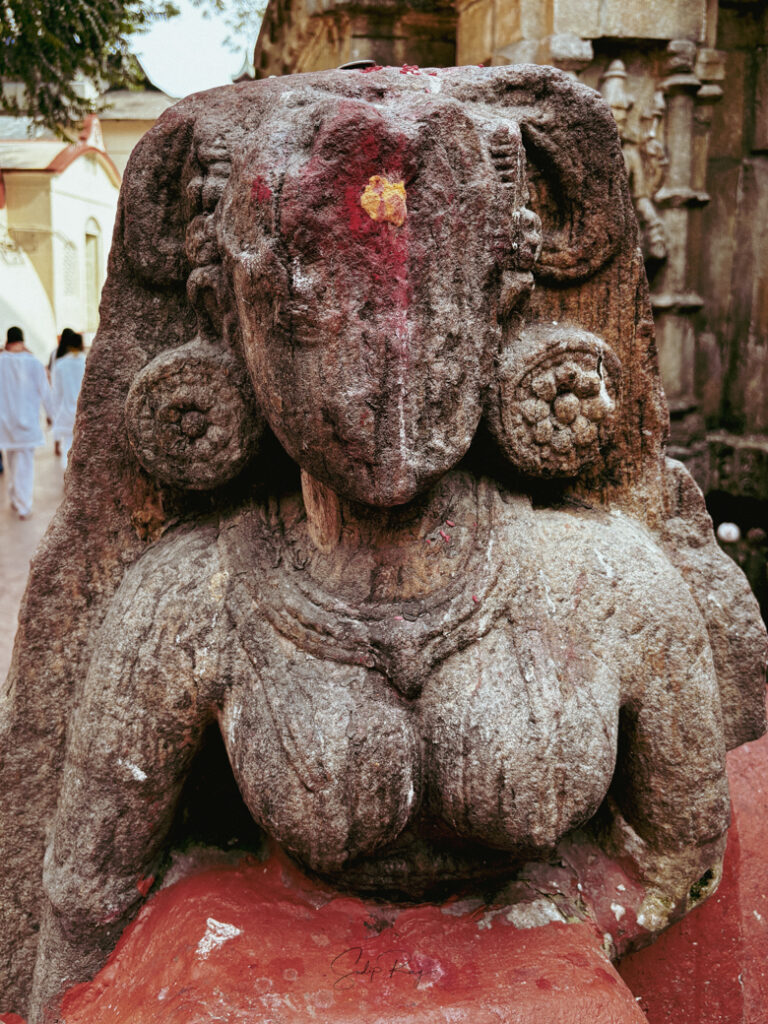
History of Kamakhya Temple:
Following the archaeological pieces of evidence, historians believe that Kamakhya was originally worshipped by the indigenous people. In all probability, it was a primitive sacrificial site of the Garo and Khasi tribes and the word ‘Kamakhya’ originates from the name of the Khasi goddess ‘Ka Meikha’. The Kalika Purana and Yogini Tantra also mention the Goddess Kamakhya having ‘kirata’ origin. Like many other divine figures worshipped across India, the cult of Kamakhya originated by blending both Aryan and non-Aryan influences.
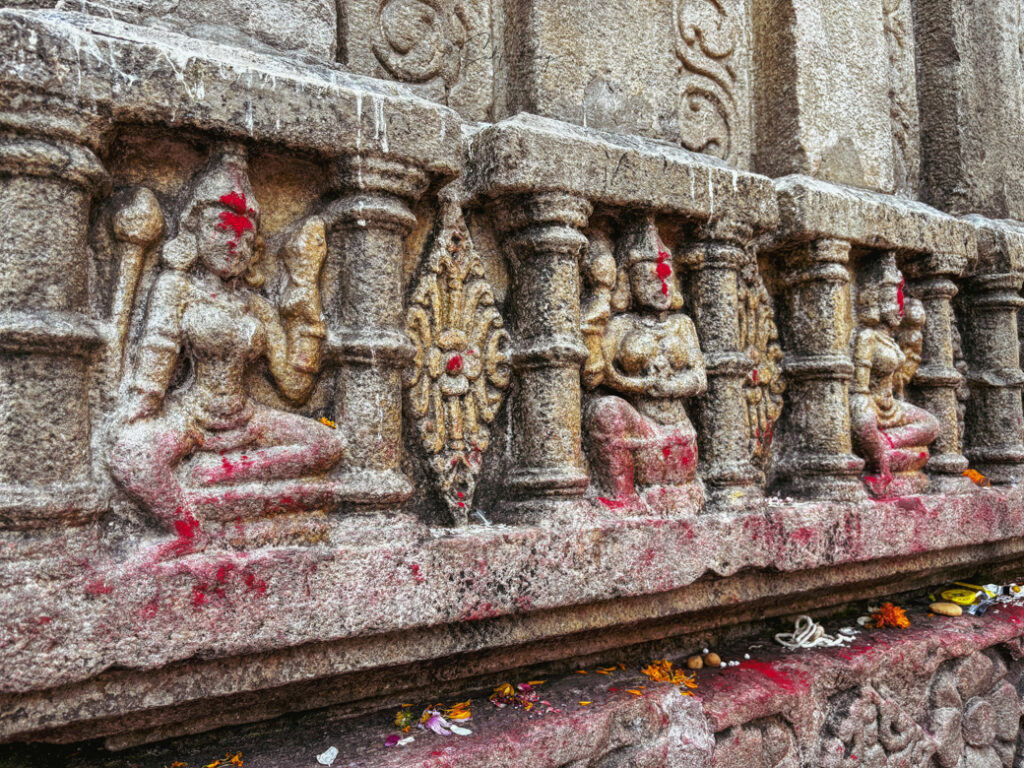
In all likelihood, the Kamakhya Temple was first devised during the reign of the Mleccha dynasty of Kamrupa. It was in a Mleccha inscription of the 9th century CE that the Kamakhya Temple is first referred to. This original temple was destroyed owing to the Muslim invasion. It was later reconstructed by Vishwa Singha, the founder of the Koch dynasty. The temple received its current makeover under the patronage of the Ahom rulers.
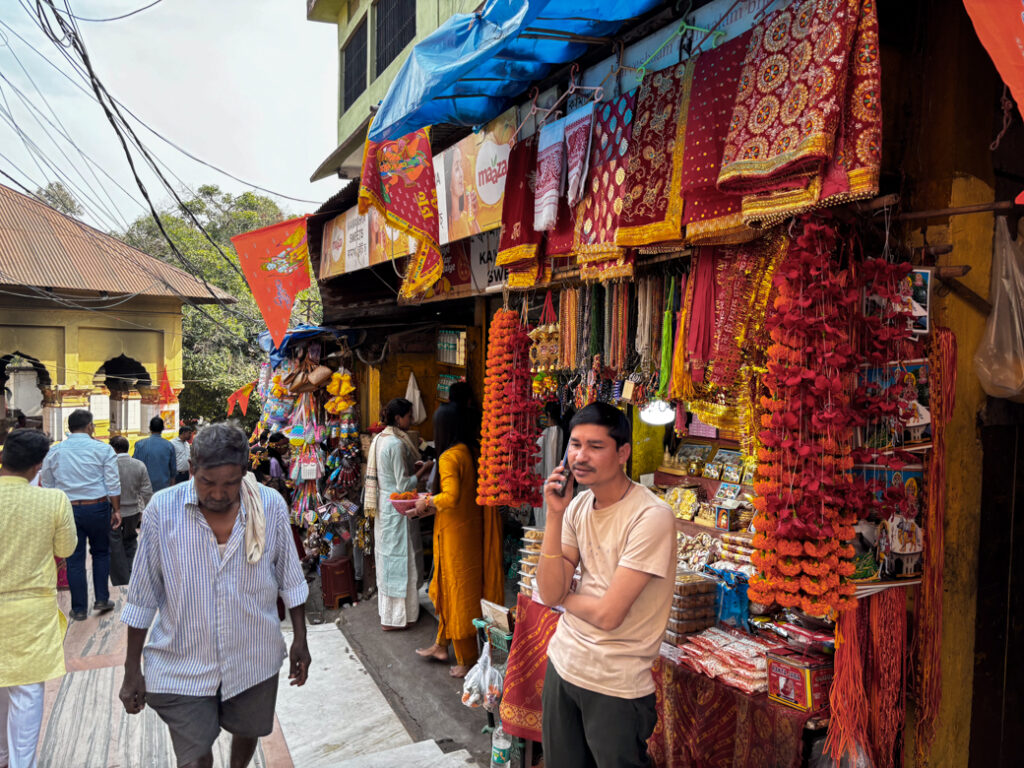
Architecture of Kamakhya Temple:
According to experts, the Kamakhya Temple dates back to the 8th century CE and it underwent several renovations and re-buildings. The present temple is built in the Nilachal style of Hindu temple architecture. A hybrid style, Nilachal temples are characterized by globular polygonal domes over a cruciform ‘ratha’ type ‘bada’. It was here in Kamakhya that the Nilachal style was first manifested.
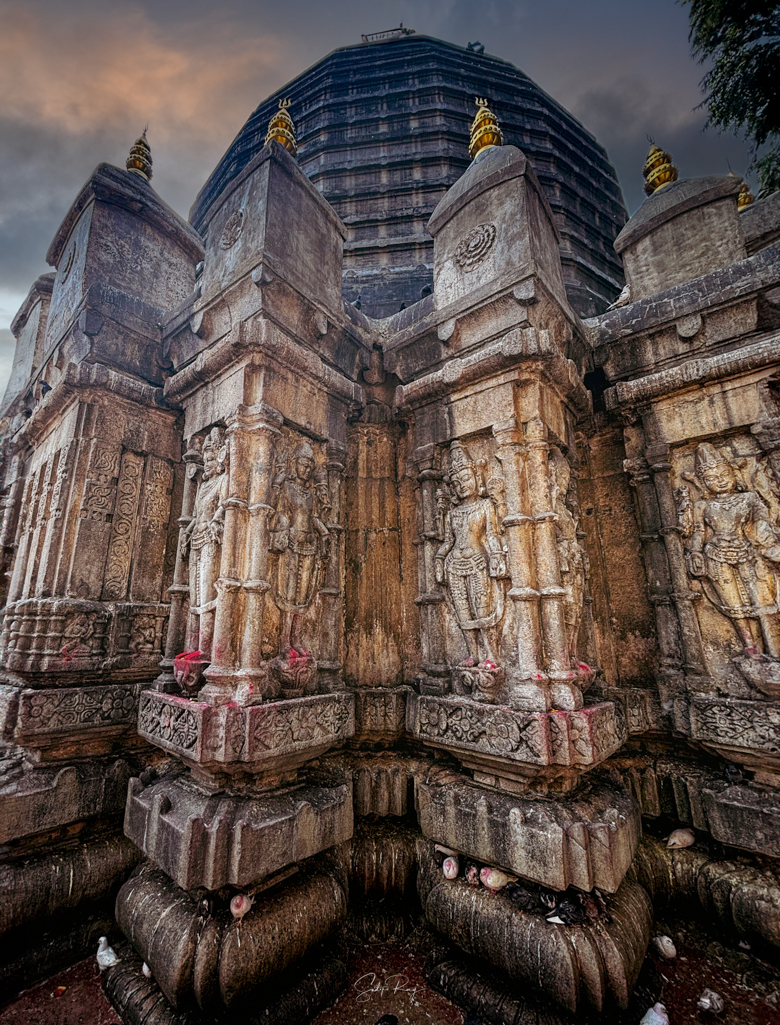
Created in the ‘pancharatha’ style, the ‘shikhara’ is encircled by a row of ‘angashikharas’ which resemble the ‘Charchala’ temples of Bengal. The outer wall of the Kamakhya Temple is furnished with splendid sculptures of various Hindu divine figures. These sculptures are indeed ‘alankara’ of this mystical temple.
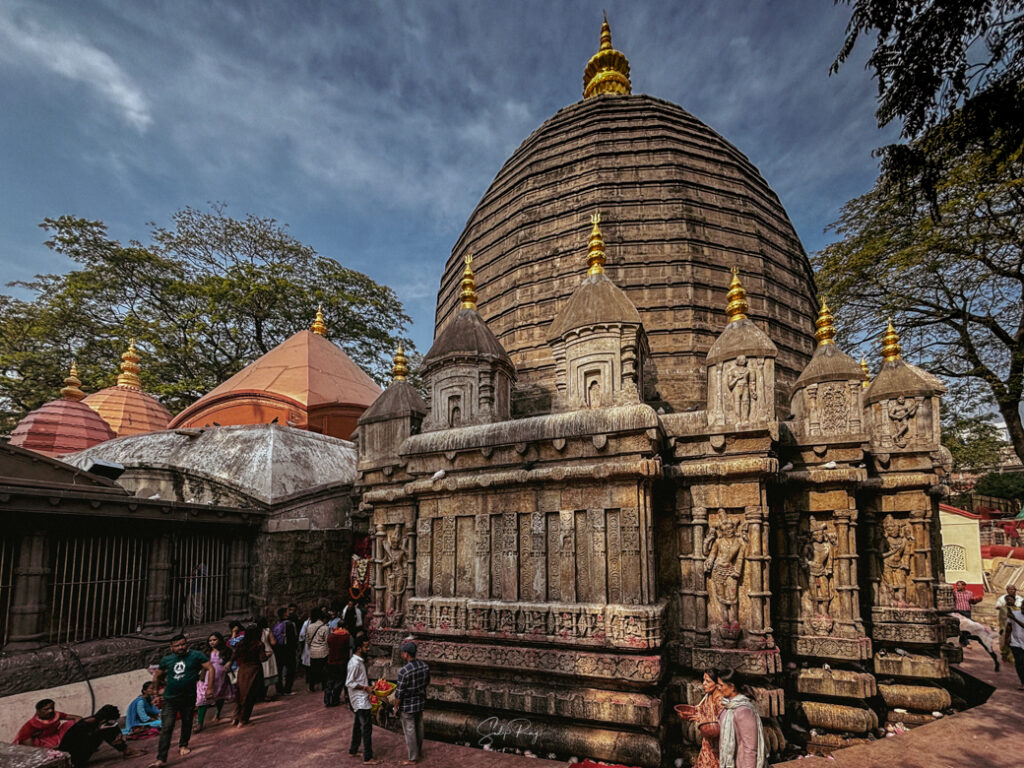
The ‘garbhagriha’ or the sanctum is below the ground. Unlike most of the Indian temples, the dimly lit sanctum does not house any idol of the Goddess. Rather a rock fissure in the shape of ‘yoni’ or female genitalia is worshipped as the divine manifestation. The fissure is continually wet and filled with water owing to an underground spring.
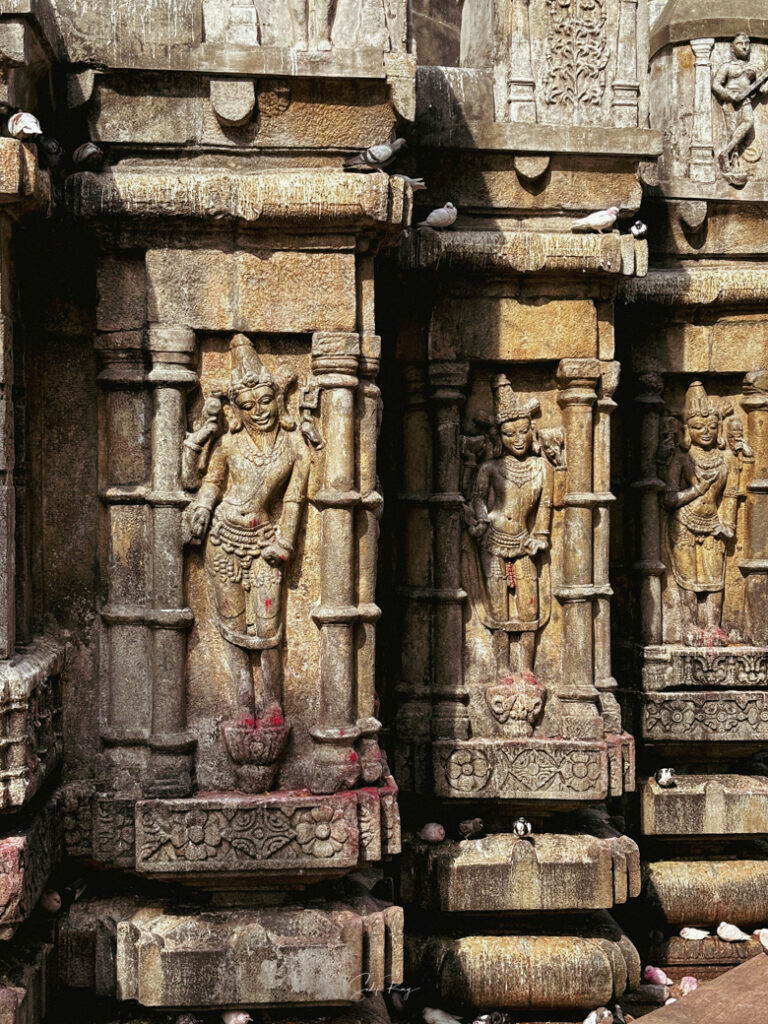
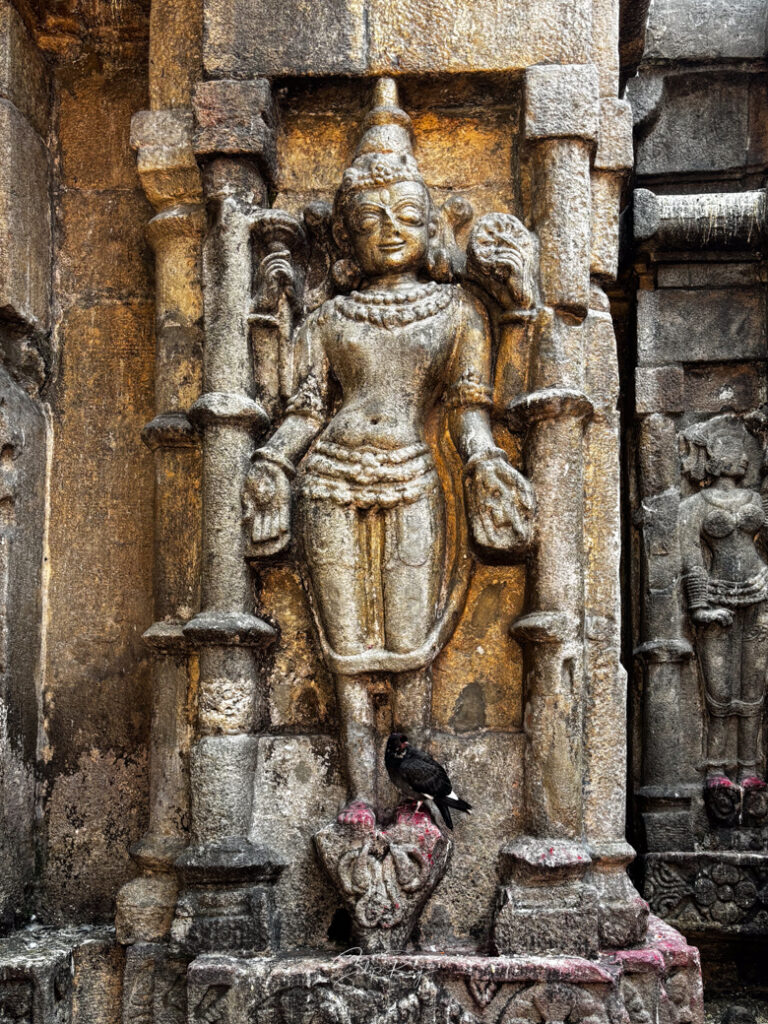
Festivals of the Kamakhya Temple:
The Kamakhya Temple hosts unique festivals:
1. Ambubachi Festival:
The most important festival of the Kamakhya Temple is the Ambubachi. Locally known as Ameti or Amothi, it is the celebration of the annual menstruation cycle of the Goddess Kamakhya. It is observed for three days in the month of Ashar or June. Celebrated in the monsoon season, the Ambubachi starts when the Sun enters the zodiac, Mithuna. During Anbubachi, the temple remains closed for three days as the Goddess is believed to rest during her menstruation cycle. A grand fair is held every year on the occasion of the Ambubachi Festival. It is believed to be the largest religious congregation in northeastern India.

2. Deodhani Mela/Manasa Puja:
Manasa Puja is celebrated on the last day of Shravan month or Sravan Sankranti. Deodhani dance is performed by special persons called Deodhas, Ghora, and Joki. They are believed to be shamans who possess spiritual powers.
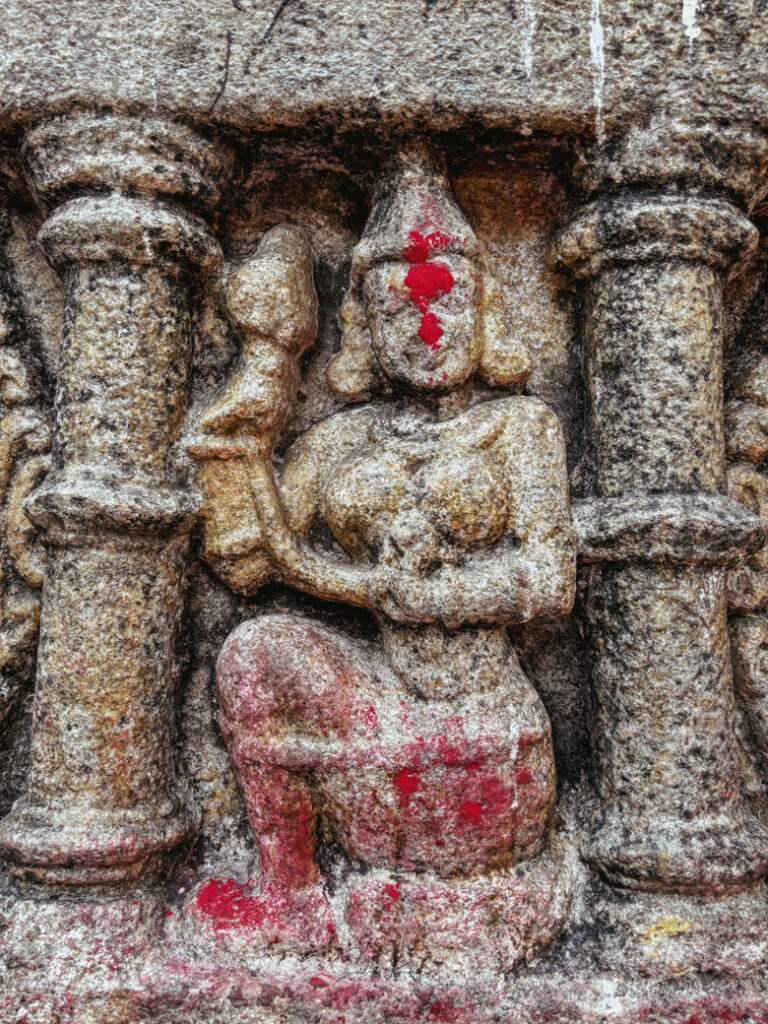
3. Durga Puja:
One of the most important festivals of the Kamakhya Temple, it is a fortnightly celebration starting from the Krishna Navami and ending with the Shukla Navami of the Ashwin month.
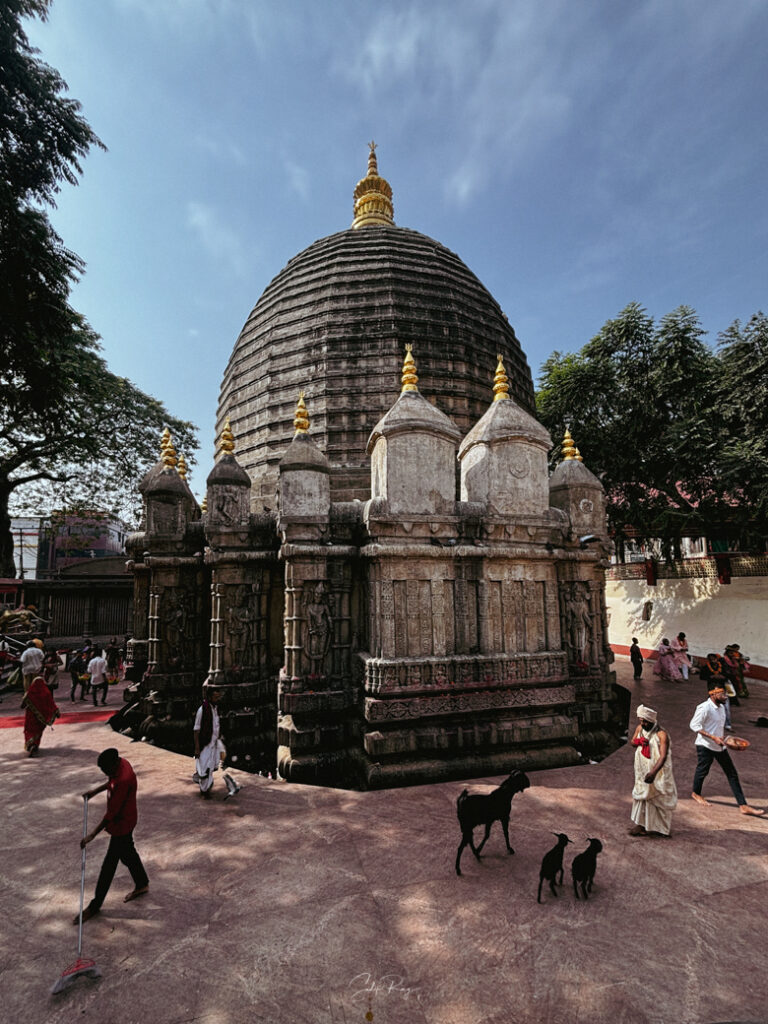
Important FAQs:
Where is the Kamakhya Temple located?
The Kamakhya Temple is situated on Nilachal Hill in Guwahati, Assam.
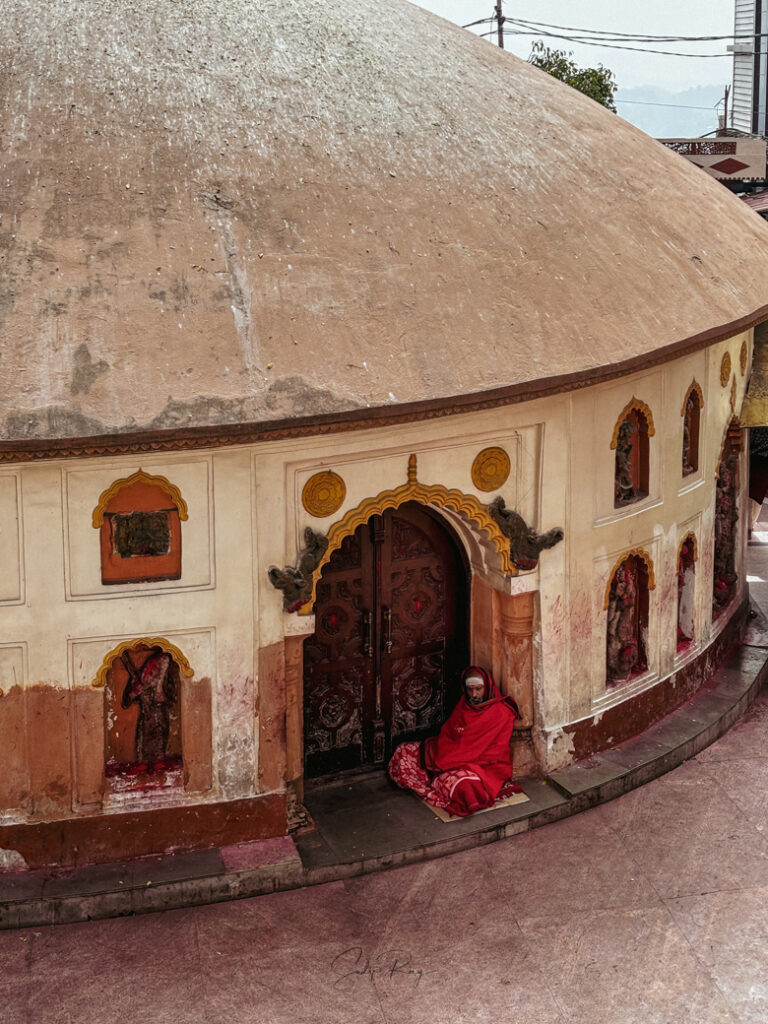
How can I reach the Kamakhya Temple?
By air: Lokpriya Gopinath Bordoloi International Airport of Guwahati is well-connected with other cities of India, such as Kolkata, Bhubaneshwar, New Delhi,
Patna, and Mumbai.
By train: You can opt for 12345 Saraighat Express, 15643 Puri Kamakhya Express, and 15959 Kamrup Express from Howrah, 02501 Agartal AC Special from Kolkata, and 13173 Kanchanjungha Express from Sealdah.
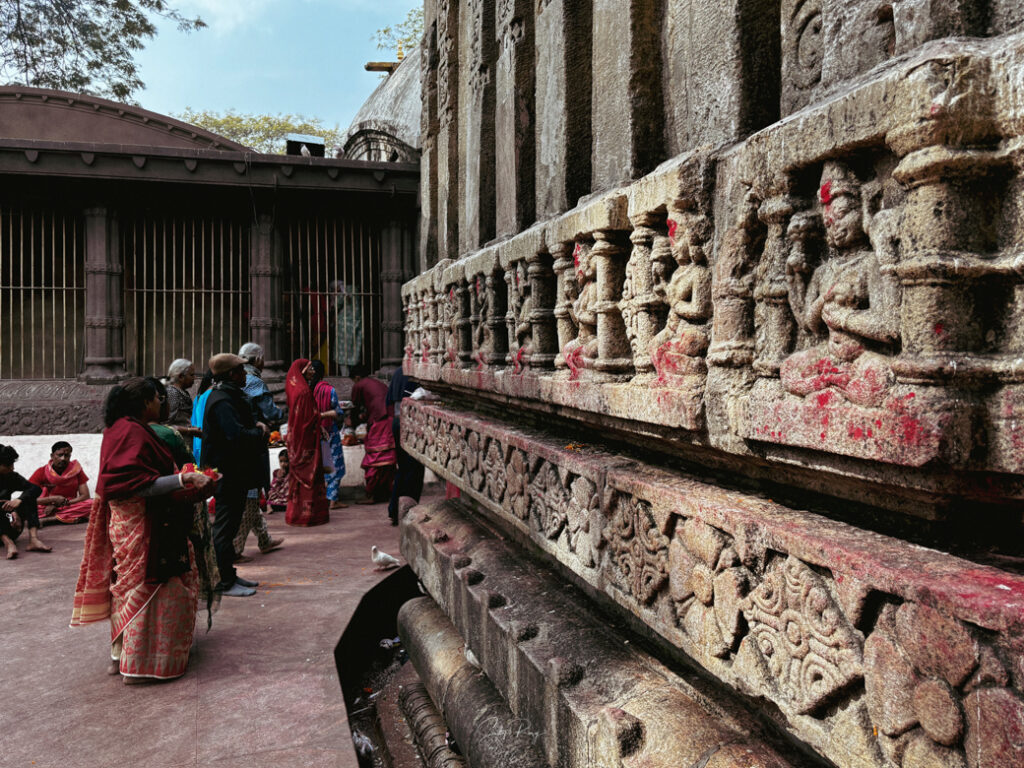
Where can I stay in Guwahati?
There are countless hotels in Guwahati. However, if you want to stay near the Kamakhya Temple, opt for Mahalaxmi Homestay, Hotel Shreemoyee Inn, Swastik Inn, and Nilachal Homes.
What is the best time to visit the Kamakhya Temple?
The winter months (November to February) are best for visiting. Ambubachi is also an excellent time if you want to experience the festivities. However, please keep in mind that, the temple remains closed during the Ambubachi Mela and a huge rush of pilgrims throng the temple.
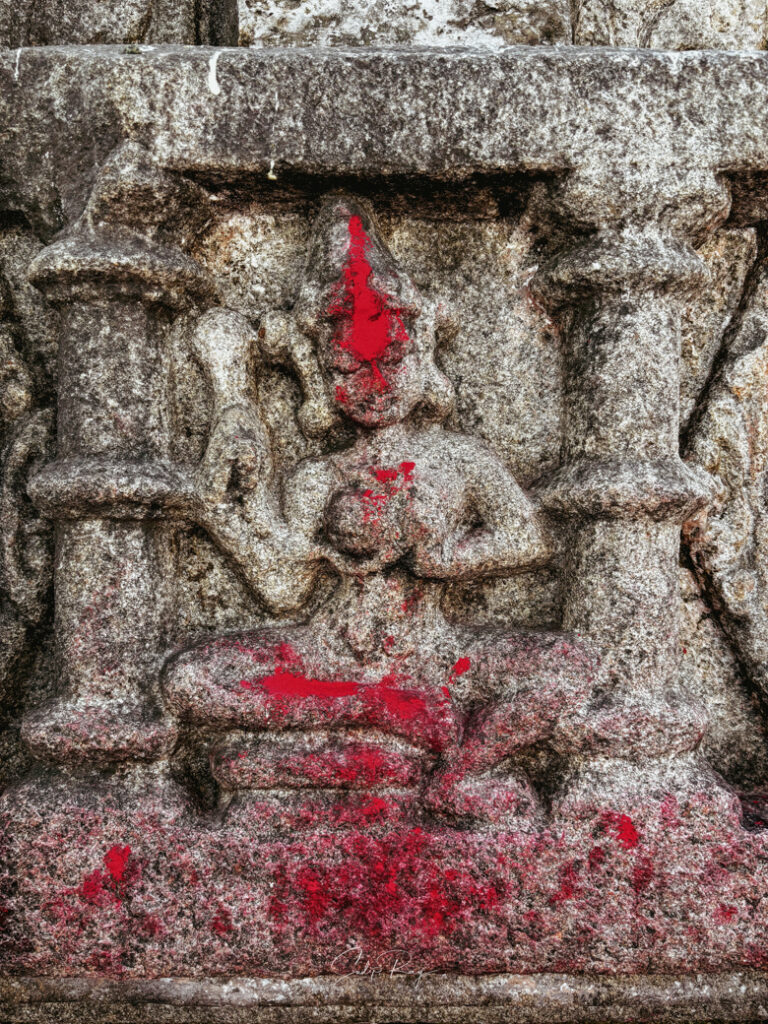
What are the timings of the temple?
The Kamakhya Temple opens at 5-30 AM and darshan continues till 01-00 PM. The temple closes temporarily from 01-00 PM to 2-30 PM. After the afternoon break, the temple remains open till 9-30 PM.
Is there any entry fee for the Kamakhya Temple?
There is no entry fee required for entering the Kamakhya Temple. However, if you are queueing in the general line, it may take up to 5-6 hours to reach the inner sanctum. On an auspicious day, this may well stretch up to 8-10 hours. If you are in a hurry, you can purchase special entry coupons at INR 500 which will enable you to get darshan within an hour or two. You can also book Darsan online.
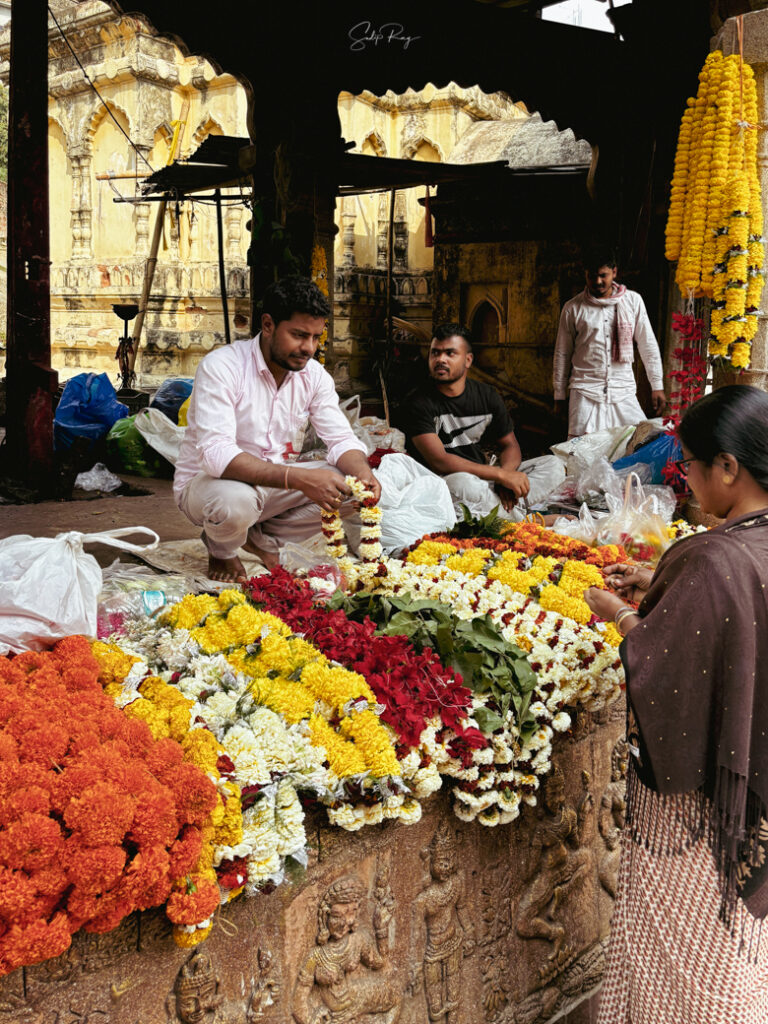
Is photography allowed inside the temple?
Photography is not allowed inside the temple. However, there is no such bar for the outer temple complex.
What is the dress code for entering the temple?
As such, there is no dress code. But it is wise to wear modest clothes that cover your arms and legs since this is an active place of worship.
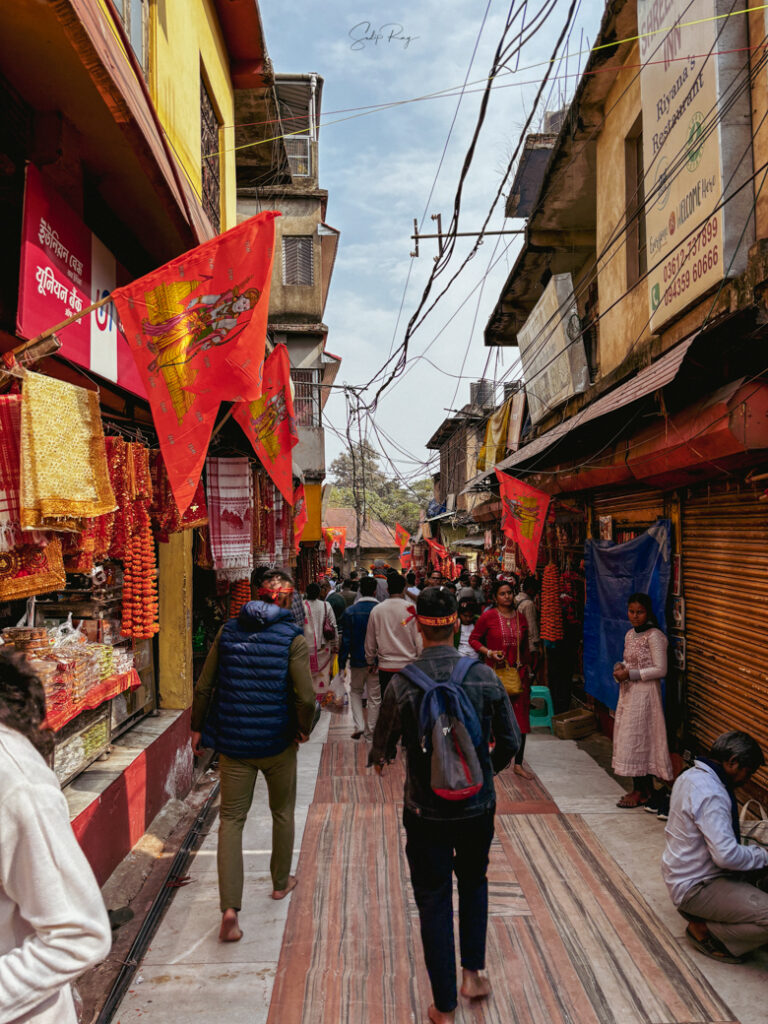
What are the other places to visit in the Nilachal Hill?
You can visit the temples of the ten Mahavidyas scattered around the Nilachal Hill. The Bhubaneshwari Temple offers an excellent bird’s eye view of the Brahmaputra River and the Guwahati city.
What are the other places of interest in Guwahati?
Guwahati has many interesting places to visit. Along with the Kamakhya Temple, you can also visit the Umananda Temple, Navagraha Temple, Basistha Temple, Balaji Temple, Assam State Museum, and Saraighat Bridge. You can also explore Pobitora Wildlife Sanctuary, Kaziranga National Park, and Majuli Island.
